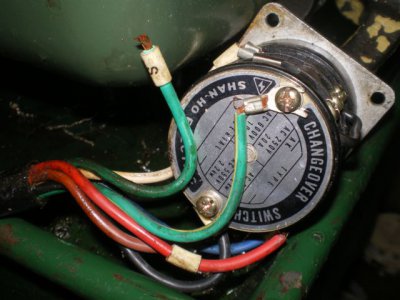- Joined
- Dec 5, 2012
- Messages
- 9
ok, first post on this site. Long story short i bought a craftex cx701 from busy bee tools. I paid half price for the lathe because the hood over the electrical had been damaged. just a small ding. when i talked to the guy at busy bee he told me warranty, return etc. was the same as any other sale. I was also told the lathe worked like new. When i recieved the machine i seen right away that the fuse was blown, so i replaced that and still no power, keeps tripping my shop breaker and blowing fuses. Now busy bee is saying no warranty, no nothing because it was a "salvage sale". Funny they never told me that until after i pay for it and when i tell them about the problems. Also im six hours away from the closest store, if i was closer this situation would be diffrent, believe me. So now im taking apart the machine looking at the wiring and i see that the wiring schematic in the manual, the one on the machine itself and the actaul wiring in the machine are all contradicting each other. I'm no electrician but i think i have it narrowed down to the speed control board, but i really need to know what the wiring on a running machine looks like. Someone has been in this machine before and things are not as they should be, and the wiring schematics just dont line up, period. Is there anyone out there who could give me a hand? photos, homemade wiring schematics, talk me through it? I build custom motorcycles ( old stuff, not OCC!), and this is really slowing me up. Ive spent three shop days working on this thing. Id do my best to make it worth your while. I see that precision mathews sells the same 11 x 27, my advice would to be to buy from them not busy bee if you have the choice. Even though i didnt buy from them the guy at precision mathews was 100x the help anyone at busy bee was, and they have parts in stock. busy bee told me 3-6 months for replacement parts. thanks all, i really do appreciate it.


